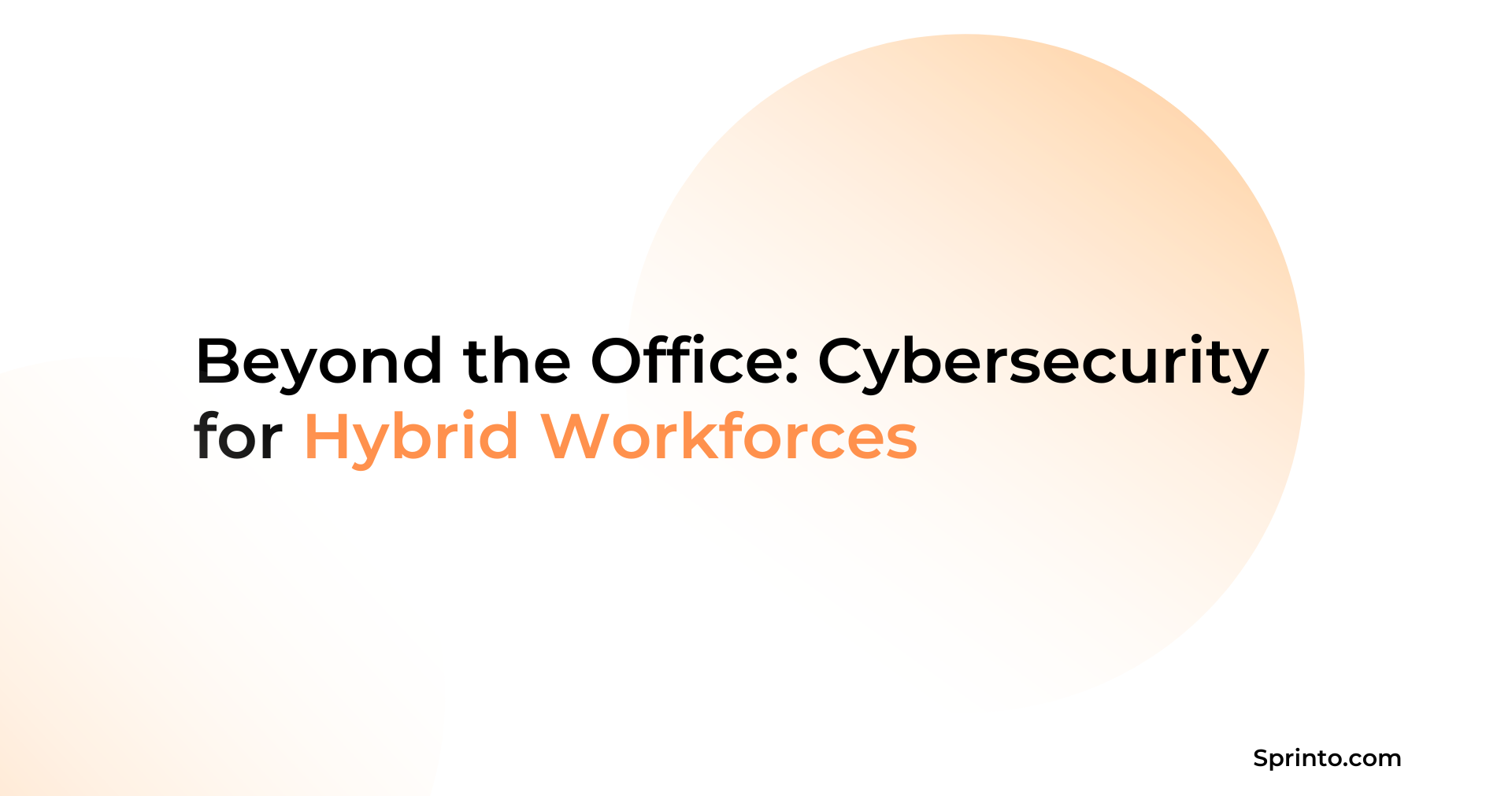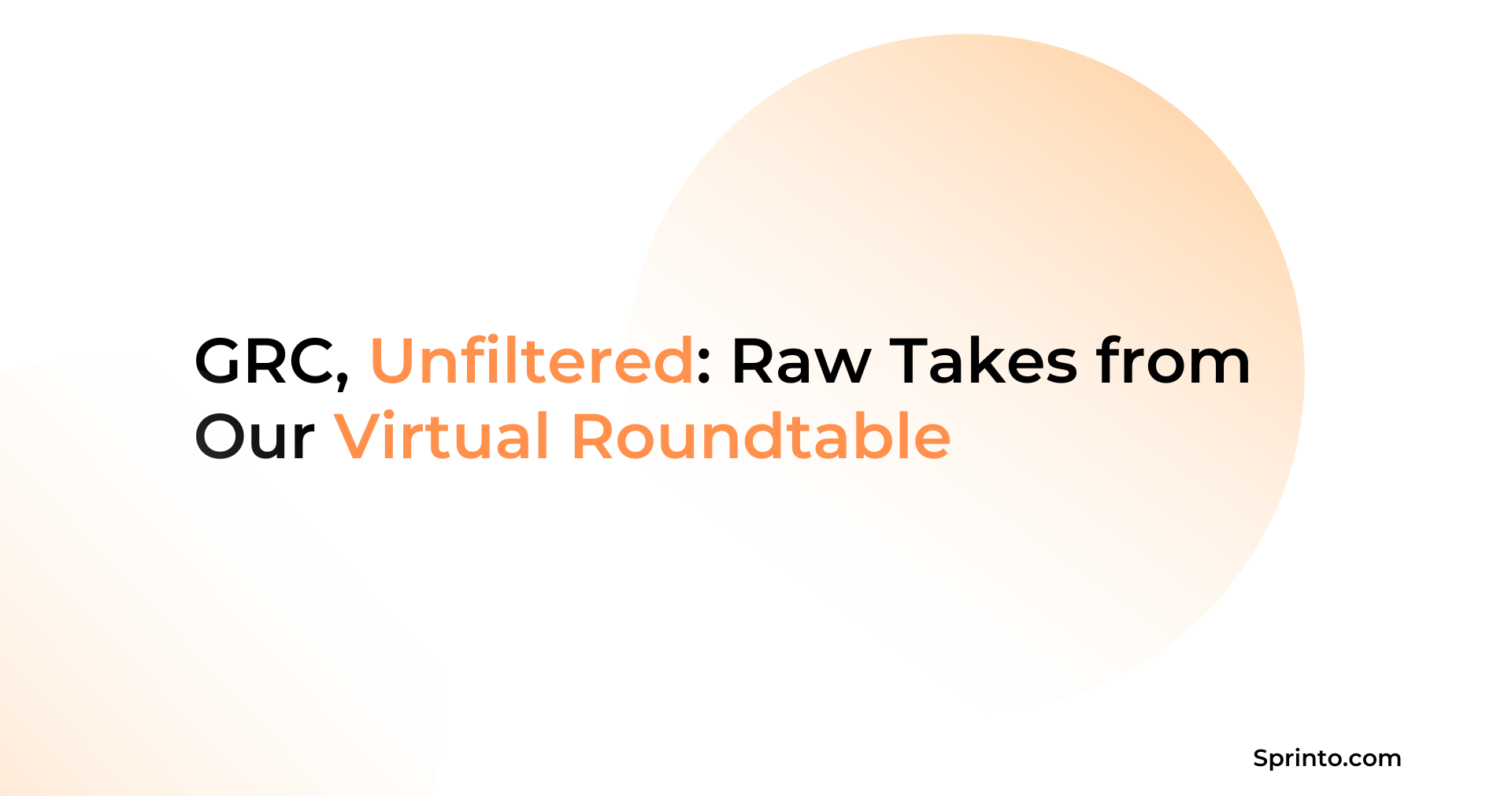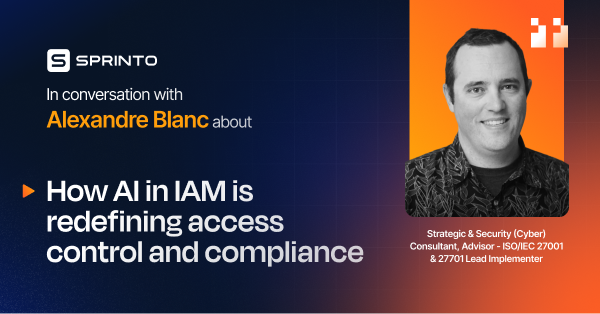6 Steps GRC Implementation Roadmap: A quick guide
Payal Wadhwa
Mar 01, 2024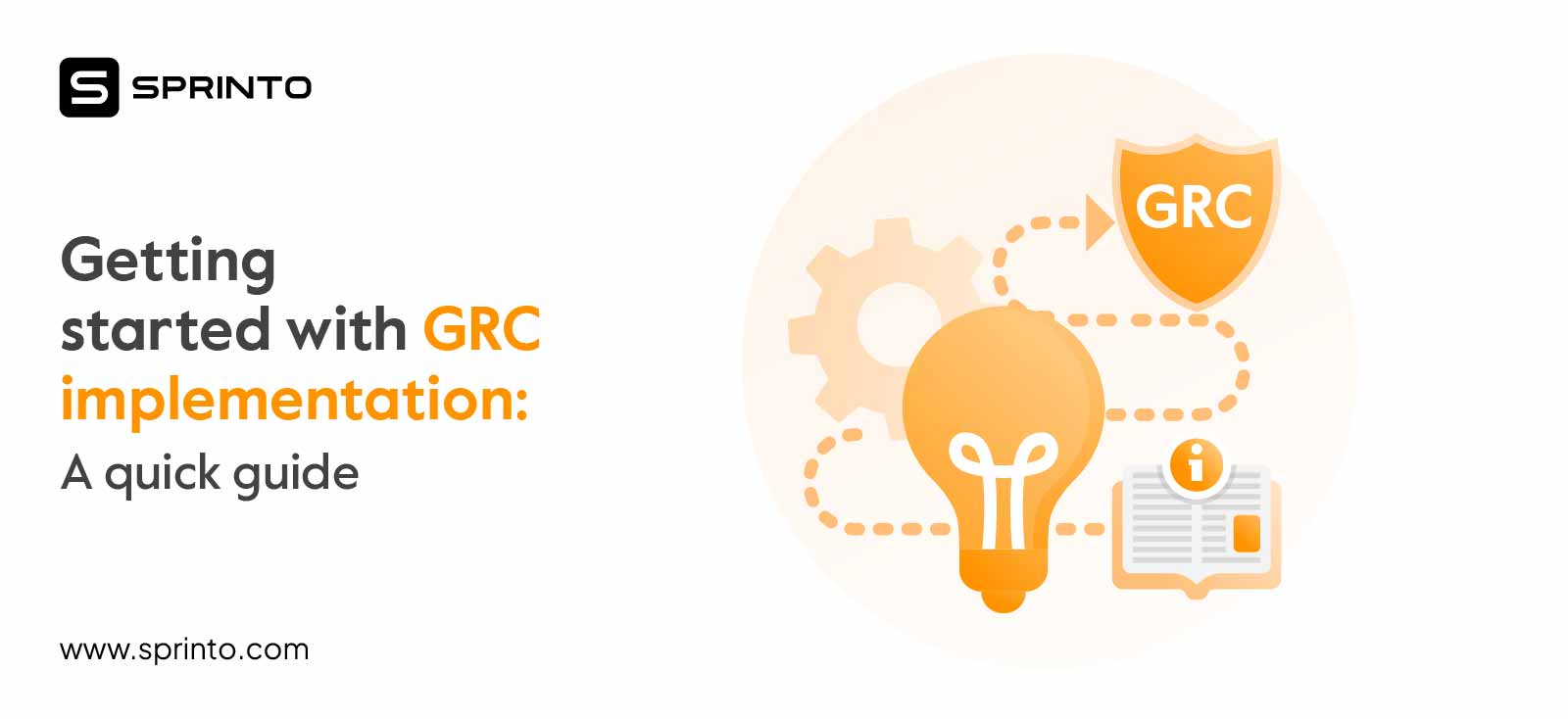
Over time, businesses have experienced their fair share of realizations and revelations that have become the key drivers for GRC implementation. In the face of the interconnected nature of risks, they have learned that sticking to their traditional siloed practices is a recipe for disaster. They have also grappled with regulatory complexities and cyber threats to transition to a more integrated GRC approach.
GRC holds strategic value in its ability to bring together corporate governance with risk awareness and resilience. The capabilities GRC methodologies bring enables businesses to embrace flexibility, tackle challenges, demonstrate regulatory compliance, and achieve operational efficiency.
This blog focuses on GRC implementation steps, best practices, challenges, and how the automation route can help make it a successful endeavor.
What is GRC Implementation?
GRC (Governance, risk, and compliance) implementation is the creation of business processes and deployment of technology to align strategic objectives and regulatory compliance while effectively managing risks.
An effective GRC solution comes with various technological capabilities such as policy management, risk assessments, compliance monitoring etc. to implement a robust GRC program and simplify management.
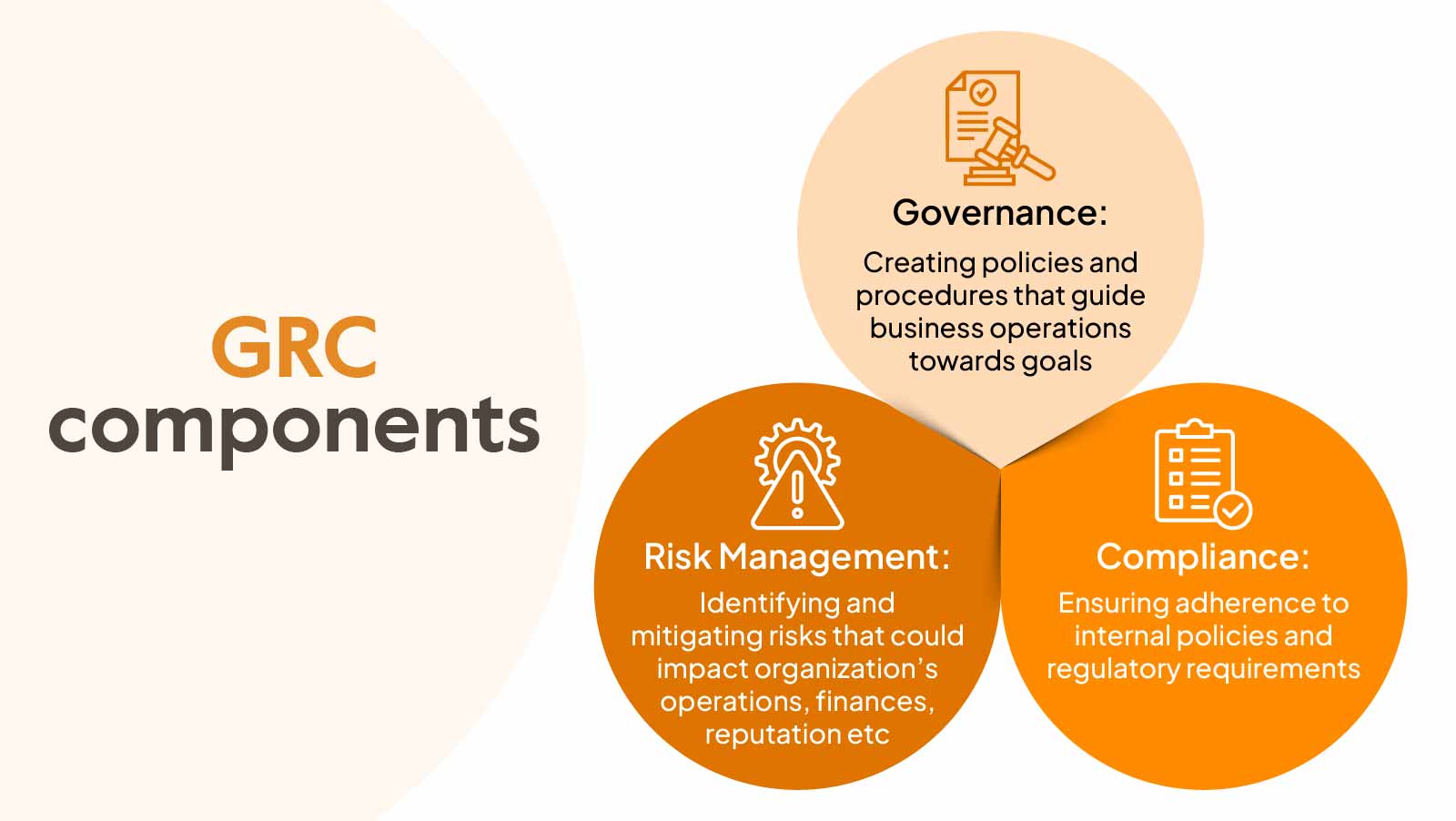
Why is GRC implementation important?
GRC implementation is a strategic move that strengthens the interrelationship between making well-informed security decisions, managing enterprise risk, and carrying out robust compliance programs.
The structured approach streamlines processes and has various benefits such as:
Enabling better decision-making
GRC provides data-driven insights about outcomes from organizational activities. The visibility across functions helps avoid losses from regulatory breaches and initiate mitigation measures based on risk assessments. Therefore, organizations are empowered to make better decisions on allocating resources.
Making the right IT investments
GRC implementation requires identifying vulnerabilities and making investments in the right suite of software so as to minimize cybersecurity, operational, and financial risk. By implementing GRC methodologies, organizations are able to gauge the effectiveness of compliance management and understand how such initiatives enable revenue.
Enhance collaboration across teams
GRC software becomes a centralized place for documentation, data, resources, and reporting on risk and regulatory compliance. An effective GRC methodology clearly defines roles and responsibilities across various teams and specifies ways in which teams can respond and collaborate in specific situations.
Drive scalability
GRC implementation can accommodate changes in the organization’s operational landscape, size, and volume of data. By large, GRC implementation is a scalable solution that enhances the scope of your security program and can be tailored to the growing needs of the business and the way it operates.

GRC implementation roadmap
GRC implementation process can feel overwhelming with its formalized and streamlined approach to risk and governance. Businesses often recognize the importance of giving up their traditional ways of data management and operational silos. It is time-consuming, demands commitment, and requires a continued focus on improvement.
These are the 6 steps for GRC implementation:

Step 1: Identify areas for implementation
The first step in GRC implementation is to analyze the current mechanisms pertaining to governance, risk, and compliance. These may be siloed depending on how the organization operates. This exercise pinpoints areas that need attention and tells you how replacing redundant processes with an integrated GRC methodology maximizes value.
Consider asking questions like these to establish clarity:
Governance
- How are decisions currently made in the organization? Are the processes transparent?
- How frequently does senior management review policies, internal audit assessments etc.?
- Is there a feedback mechanism to ensure stakeholder engagement?
Risk
- What are the most concerning risks for the organization?
- What is the business impact of high-profile risks?
- What are the current escalation processes for potential risks?
- How much time does it take to mitigate a risk?
Compliance
- What areas of the business are impacted by regulatory requirements?
- Are the employees trained on GRC practices?
- How does the organization keep track of regulatory changes?
These are only a few examples and must be based on an organization’s unique requirements.
Step 2: Create a GRC implementation roadmap
Define the strategic objectives and scope of the GRC implementation roadmap. These must be aligned with business goals, include effective risk management strategies, and centered around compliance activities at a granular level Identify the relevant regulations, cover a list of corporate policies to be created, and detail any support your Security Operations Center requires along every stage.
Key elements of GRC implementation roadmap:
- Clarity in the scope of the GRC program
- Leadership commitment and support
- Appointing a competent team with well-defined roles
- KPI (Key Performance Indicators) setting
- Training and education
- Technology enablement
- Integration of GRC practices with business processes
- Real-time monitoring and continuous improvement
Step 3: Get stakeholders onboarded
Identify the key stakeholders to appoint a GRC team for implementation. Communicate the overarching goals, expectations, roles, and responsibilities within the larger GRC objective as well as in specific situations. Ensure that they understand their contribution towards making the program successful and roll out training schedules for all employees.
Step 4: Select a GRC solution
Choose a GRC software that aligns with your organizational goals and desired state. Understand vendor offerings and set up live demonstrations. Consider user-friendliness, capability spotlight, workflow automation, integration options, and budget, among other factors, before the final selection. Also, check vendor reviews and experience with similar businesses.
If you’d like to go for a next-gen GRC platform, Sprinto can enable you to win with smart automation. It enables you to:
- Consolidate and manage compliance by zone (different products, line of business etc.)
- Build a connected view of controls with 200+ integrations
- Streamline policy management, access controls, vendor risk management etc. for centralized management
- Automate evidence collection
Seamlessly prepare for grc audits and collaborate with auditors on an independent dashboard
Step 5: Carry out GRC implementation
Collaborate with the teams for execution and set timelines for every task. These tasks must be prioritized based on criticality and impact. The implementation must cover key processes surrounding all these areas:
- Governance: Creating policies and ensuring acknowledgments, board oversights, etc.
- Risk: Initiating risk assessments, setting up mitigation plans, etc.
- Compliance: Continuous compliance monitoring, evidence collection, reporting etc.
Step 6: Monitor and identify improvement areas
Implement a monitoring mechanism to enable real-time monitoring by taking support from tech. Define metrics and indicators for measuring performance. For long-term improvement, define a review period and evaluate if the learnings have been incorporated and there are smooth periodical audits.
Sprinto advantage:
The platform runs automated checks throughout the day and enables you to view real-time control status on the dashboard.
Streamline GRC implementation with Sprinto
Best practices for implementing the GRC program
It’s crucial to power your GRC program with some best practices so that, with time, these become naturally ingrained in the organization’s culture. There will be a lot of learning curve, but the business processes will become more efficient over time.
Here are 6 best GRC practices to start with:
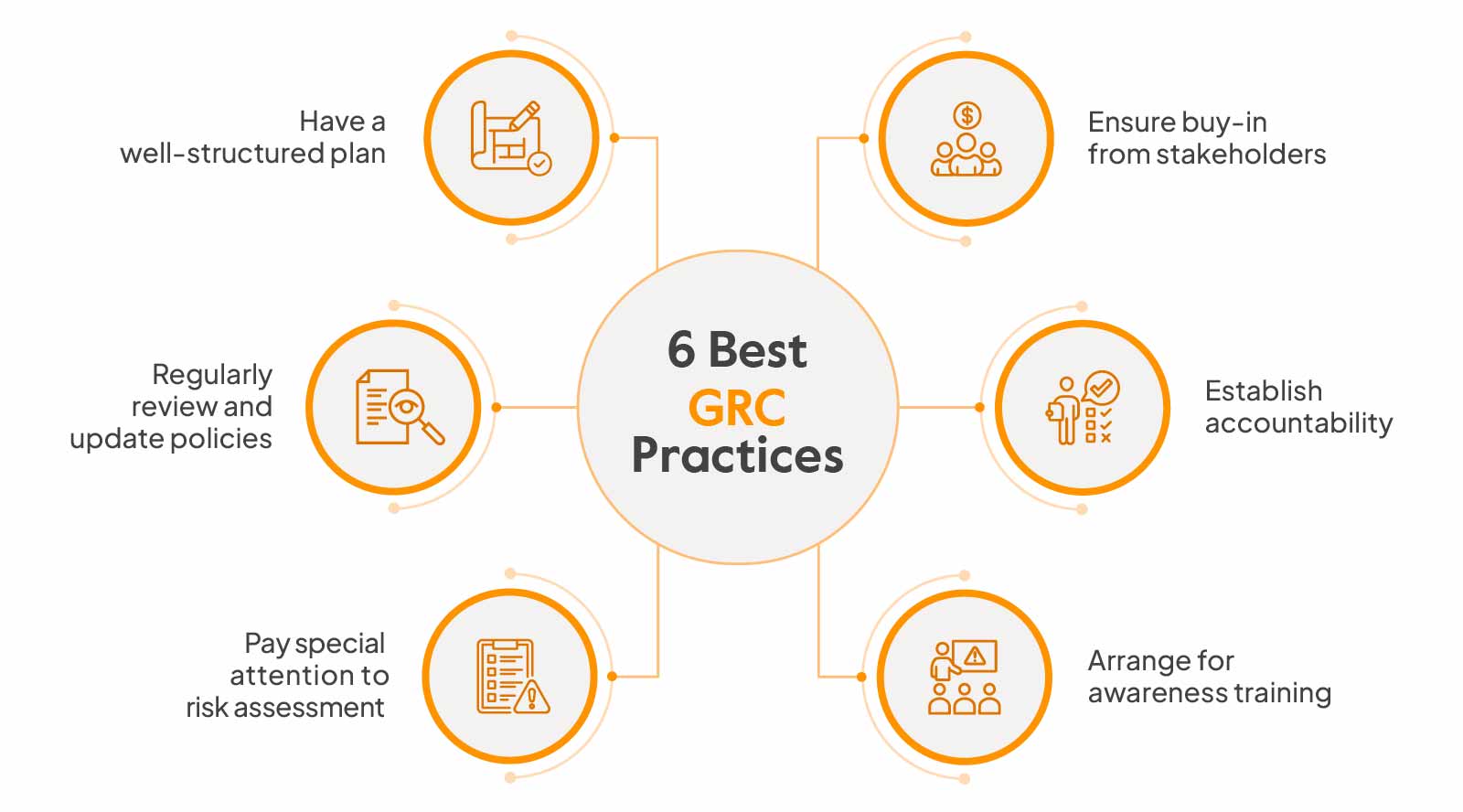
Have a well-structured plan
Establishing a clear GRC strategy sets the right tone for implementation. Set your priorities straight for the people, processes and systems under scope. This will require risk assessments, understanding current compliance maturity, and other preliminary work.
Ensure buy-in from stakeholders
Stakeholders are less likely to resist the cultural and process shift when they are involved at every stage. Engage in a two-way conversation and understand their concerns. It’s also important to get the required budget approval from executive leadership and ensure the right allocation of resources.
Establish accountability
It is essential to define roles and responsibilities clearly, along with reporting channels to create accountability. Also, communicate key performance indicators and evaluation metrics that help you discovering your most valuable areas and areas that need help along the journey.
Arrange for awareness training
GRC implementation requires a mindset shift to a security-first culture, adaptation of new technologies, and woking through several process changes. Security training helps empower employees with the necessary knowledge, skill set, and tools that will familiarize thems with new policies.
Pay special attention to risk assessment
Periodic risk assessments help assess and address new threats/vulnerabilities and initiate timely mitigation steps. These are also a part of your compliance monitoring efforts and provide insights into how much the organization’s risk appetite and awareness have grown.
Regularly review and update policies
Have a review cycle in place and keep your board and leadership team informed. Update existing internal policies to accommodate changes aimed at driving better outcomes. Communicate the changes to the stakeholders and repeat evaluation exercises to ensure prolonged improvement.
Challenges you may face while implementing the GRC program

To date, many GRC tasks are done on Excel spreadsheets, and it gets harder to manage as operations become more and more complex. Without the right GRC tools, there is a disconnect across various functions that can leaving the employees drained and frustrated.
These are some challenges you may come across while implementing the GRC program:
Alignment mismatch
There are two kinds of alignment mismatches—the non-alignment of business context and GRC software capabilities and the misalignment in culture. Most GRC do not interpret regulatory requirements without manual intervention. This can cause misintepretations, severe delays, and can lead to less-than-favorable results that are not immediately visible. The alignment issues between the organization’s culture and GRC practices often result in employee resistance.
Regulatory environment complexity
In the 2022 edition of Deloitte’s ‘the state of compliance survey report’ 57% of respondents called regulatory changes their biggest challenge. Organizations are stuck in a constant loop of conforming to regulatory updates and changing their policies and procedures. Even with most GRC tools, compliance readiness takes months, and businesses that are subject to multiple certifications find the processes slow and frustrating.
Finding the right GRC solution for your business
Different compliance functions have varied GRC goals and requirements. These include policy management, vendor risk management, data security and privacy, customized reports, etc. It is challenging to find comprehensive GRC solutions that address all these aspects while also allowing businesses to budget for a singular solution that fits their strategy.
Persistence of manual processes
There are several reasons why businesses continue with manual processes even after implementing GRC software. The most common include comfort for legacy processes, lack of expertise, tool complexity, and customization challenges among others. The persistence of manual processes undermines the impact that GRC programs may have simply because such processes induce delays and introduce unnecessary complications.
How Sprinto can help you implement the GRC framework?
Sprinto is an automation-first solution that can help you implement GRC while overcoming the challenges mentioned above. Sprinto goes beyond GRC functions and helps you:
- Leverage adaptive automation to eliminate manual efforts
- Eliminate the need to use outdated technology such as manual spreadsheets and drive links in favor of a centralized platform
- Implement the right practices and controls with expert guidance
- Activate automated checks for tracking compliance in real time
- Raise tiered escalations (based on priorities) with actionable steps
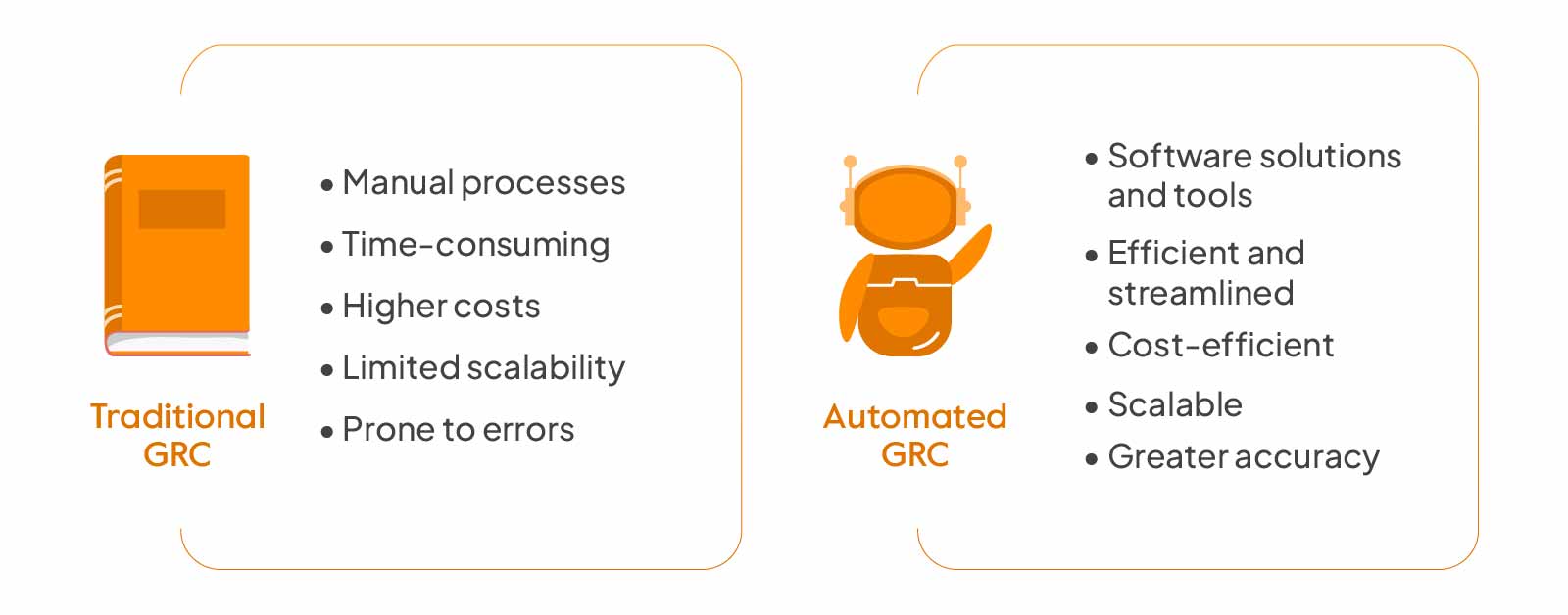
Power your GRC program with Sprinto’s adaptive automation
Utilize these Sprinto capabilities to implement the GRC framework:
Policy management: Get out-of-the-box policy templates that lay the groundwork for stronger control management and SOPs
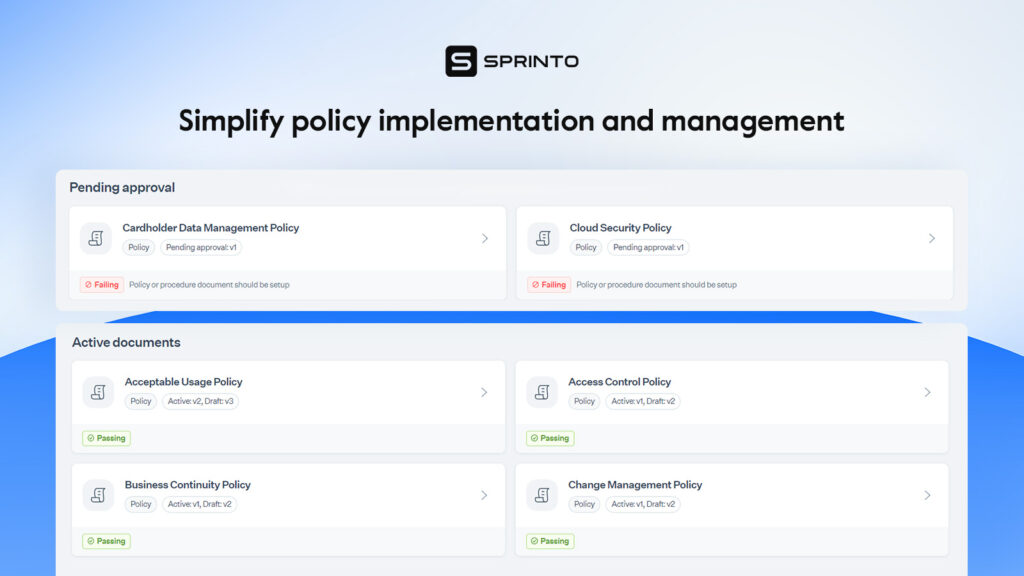
Integrations: Expand the scope of your GRC program—Integrate with over 100 cloud tools and service providers such as HRMS and ticketing solutions
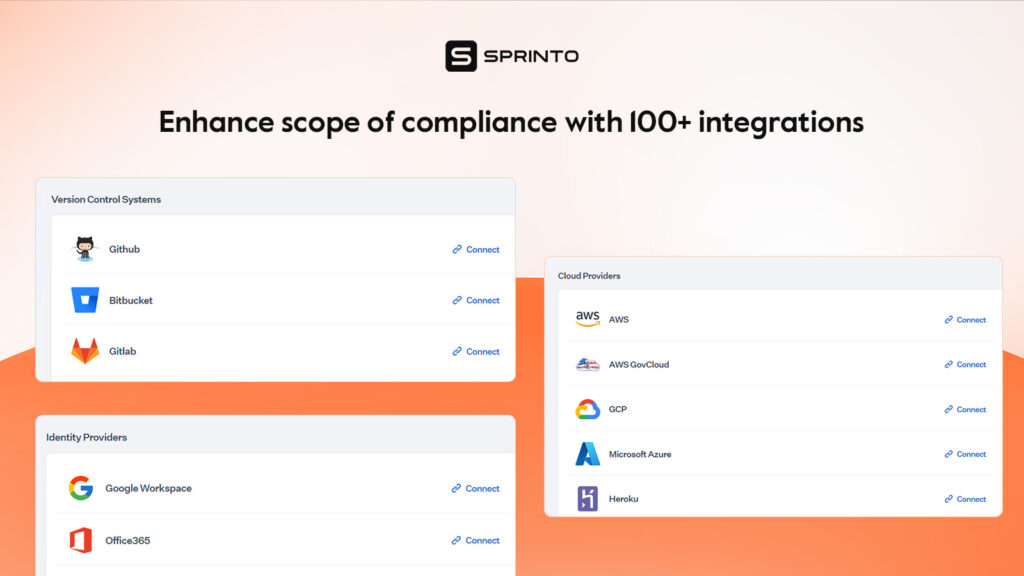
Customizations: Bring your own framework and controls without losing any previous work or having to worry about customization

Automated workflows: Reduce administrative overhead by automating repetitive work and focusing on business-critical tasks and strategy
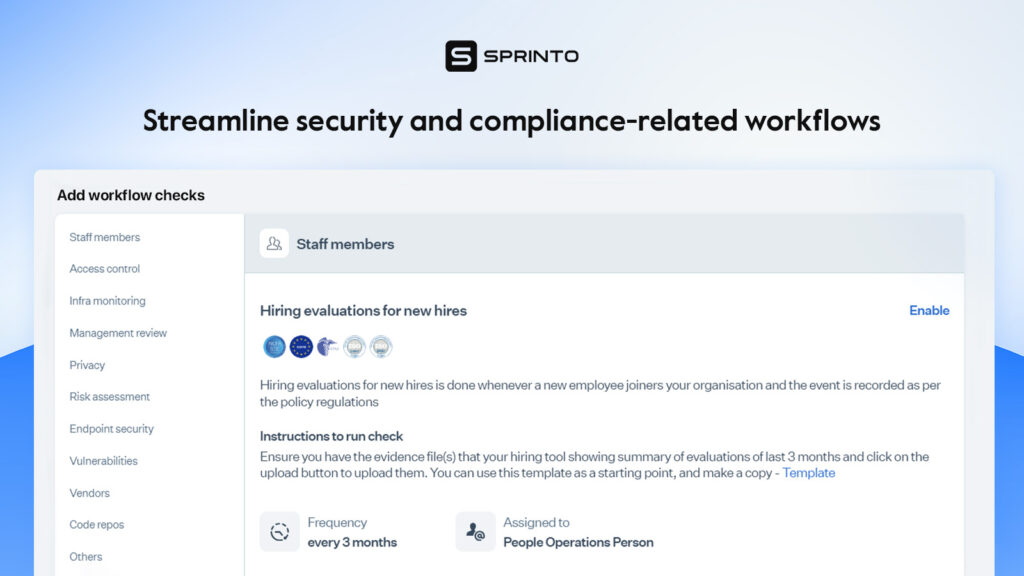
Integrated risk management: Harness an in-built risk registry to track and tackle various risks and gain a holistic view of your risk profile

Reporting dashboard: Get a comprehensive view of your compliance health and status in real-time while deriving actionable insights on control performance

Automated evidence collection: Automate evidence collection and expedite audit-readiness by presenting it to the auditor in an easy-to-comprehend format
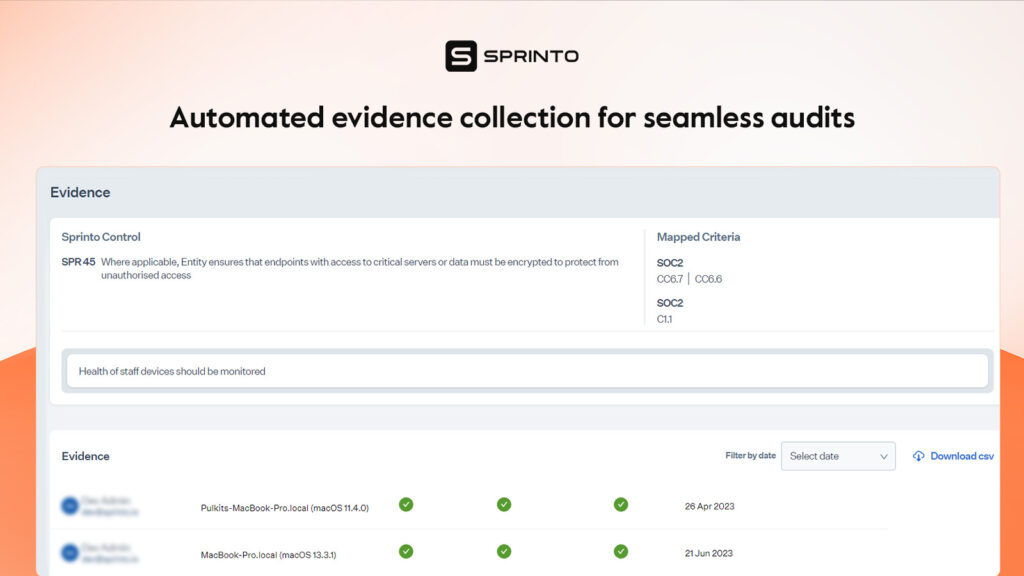
It doesn’t end here. Widen the GRC program’s breadth with other features like in-built training modules, endpoint detection and response, vulnerability and incident management and vendor management among others. Eager to know more? See Sprinto in action.
Final thoughts
Efficiently executed GRC practices can help businesses operate competently and make them resilient to the regulatory landscape. However, GRC implementation is a multifaceted and long-drawn process. It requires great leadership, a lateral approach, a high level of collaboration, and automation to ensure sustained success.
Sprinto can be an enabler in your GRC journey, providing you the right tools and guidance for implementation. We support 15+ frameworks and ensure continuous compliance is the default state of your organization.
Read how Uncover leveraged Sprinto’s integrated risk management and became ISO 27001 and GDPR ready in 4 sessions.
Take a tour of our platform to see how Sprinto expedites your journey into effective GRC implementation.
FAQs
Who all are part of a GRC team?
A GRC team comprises multiple stakeholders across domains depending on the organization’s size. Broadly it can include compliance managers, risk managers, SOC analysts, IT specialists, legal counsel, communication and PR and vendor management team among others.
What role does GRC play in cybersecurity?
As cybersecurity concerns continue to be increasingly prioritized by businesses, GRC helps tie IT and cybersecurity initiatives with governance and compliance. It helps uncover cybersecurity risks and threats, enforce the required controls and manage any incidents. Cybersecurity is strategically approached under GRC to ensure business continuity and protection of critical assets.
What are some popular GRC tools?
Some of the popular GRC tools include Sprinto, Auditboard, ZenGRC, Workiva, LogicGate and Ncontracts, among others. As for Sprinto, it is integration-powered and automation-enabled to minimize the time to value and deliver quick results.
What are the 4 components of GRC while implementing?
The 4 components of GRC while implementing are strategy, processes, technology and people. These components help align GRC efforts with business objectives and establish a solid GRC program.
What are the benefits of GRC implementation ?
The 5 benefits of GRC implementation include:
- Enhanced efficiency
- Better strategic decisions
- Cost-savings
- Stakeholder confidence
- Efficient risk management


Use Sprinto to centralize security compliance management – so nothing
gets in the way of your moving up and winning big.




















